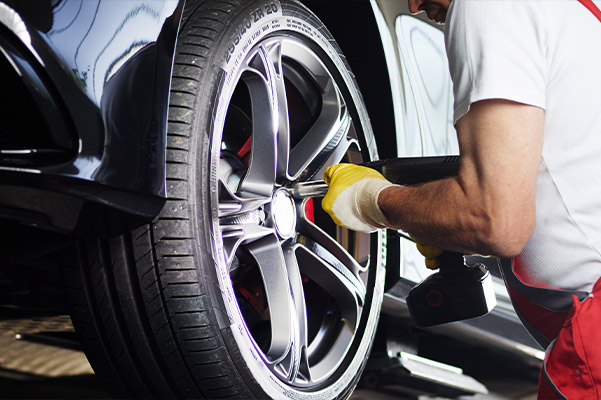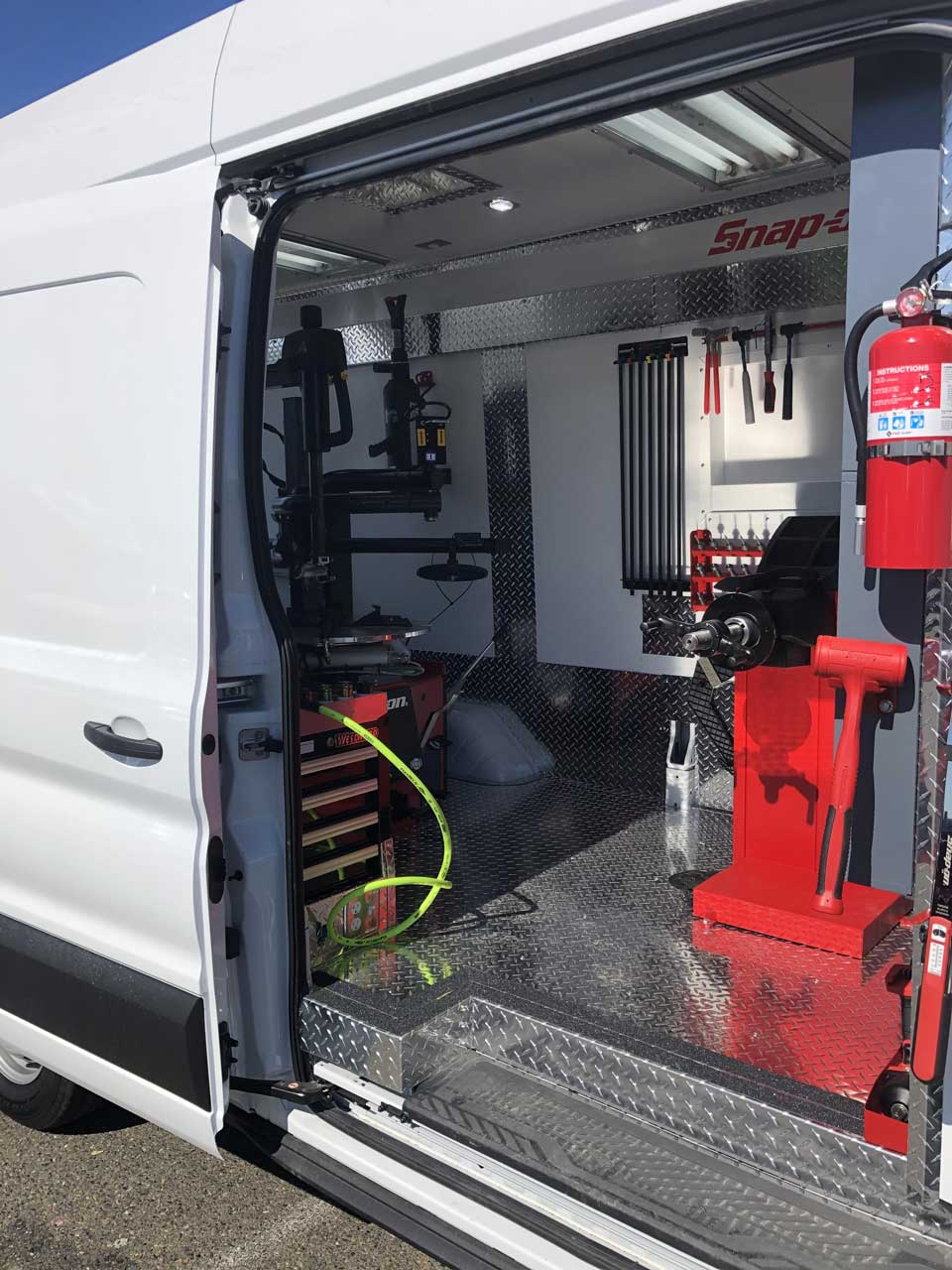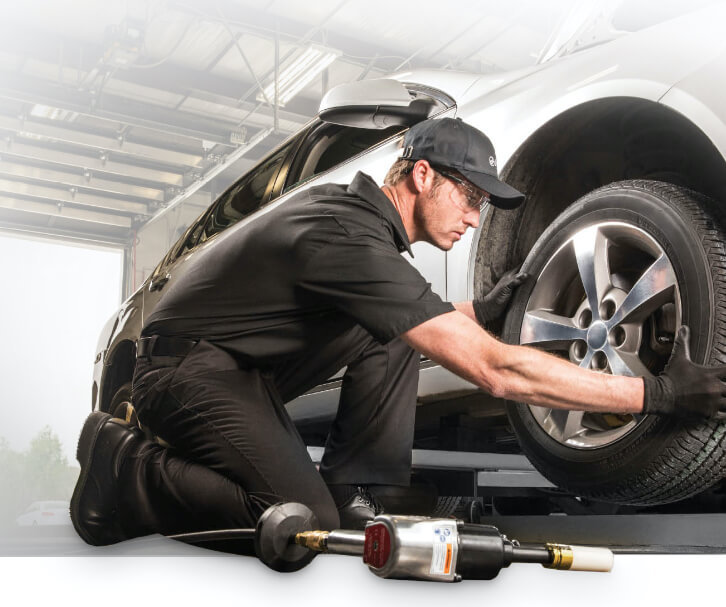Experience Precision with GMC Tire Service at Morris Tires
Experience Precision with GMC Tire Service at Morris Tires
Blog Article
Tire Service: The Influence of Climate Condition
When it concerns making sure optimal performance and safety on the roadway, recognizing the effect of climate condition on tire solution is important. From scorching warmth to icy roads, each climate element can dramatically influence tire functionality and general driving experience. By delving into the impacts of differing weather condition conditions on tires, motorists can acquire useful understandings that may enhance their car's efficiency and long life. In this discussion, we will discover the detailed relationship in between weather and tire solution, shedding light on the value of weather-specific tire upkeep methods and factors to consider.
Warm and Tire Efficiency
When revealed to high temperatures, tires experience changes in performance that can dramatically impact lorry safety and handling. The warm produced from prolonged driving or warm weather conditions triggers the tire rubber to soften, resulting in decreased tread life and increased wear. As the rubber becomes softer, the tire's grasp when driving reduces, affecting stopping ranges and total traction. In severe cases, too much warmth can also trigger tire blowouts, positioning a serious safety and security danger to the car and its occupants.

Cold Climate Impacts
Cold weather condition problems can have a significant influence on tire performance and safety and security. In cold climate, tires may also lose air pressure a lot more swiftly, which can influence dealing with and fuel effectiveness.
To reduce the effects of winter on tires, it is important to frequently examine tire stress and inflate them to the supplier's recommended levels. Utilizing winter months or all-season tires made for cold climate problems can likewise boost traction and grasp on icy or snowy roadways. Proper tire maintenance, including normal inspections for wear and damages, ends up being much more crucial throughout chillier months to make sure optimum efficiency and safety and security.
Rainy Conditions Influence
During wet problems, tire performance and safety and security can be substantially affected by the wet check these guys out road surface areas and lowered exposure. The step pattern of tires plays an essential function in preserving traction on damp roadways. Tires with worn-out footsteps are a lot more susceptible to hydroplaning, where a layer of water develops between the road and the tire surface helpful hints area, bring about loss of traction. To battle this, motorists need to regularly check their tires for appropriate walk depth and consider purchasing tires particularly developed for wet problems.
In addition, wet weather can likewise decrease presence, making it testing for drivers to see the road in advance clearly (GMC Tire Service). In such conditions, it is vital to readjust driving speeds as necessary and maintain a secure following range to permit abrupt quits. Appropriately filled with air tires can likewise aid in maintaining control on damp roads by giving much better handling and hold
Snow and Tire Security
When driving in snowy conditions, having the right tires can make a substantial distinction in safety and efficiency. Winter months tires are developed with special rubber compounds and walk patterns to supply better traction on snow and ice compared to all-season tires.

It is crucial to follow manufacturer directions when utilizing and setting up tire chains to prevent damages to the tires and lorry. By choosing the appropriate tires, preserving correct rising cost of living, and thinking about added traction help like tire chains, drivers can boost their safety and security when browsing snow-covered roads.
Weather-Related Tire Upkeep
Weather-related tire maintenance incorporates a range of practices intended at making certain ideal tire feature my response and longevity in various weather condition scenarios. One vital element of weather-related tire maintenance is tire pressure policy. Checking tire step on a regular basis and replacing tires when step wear reaches a particular depth is essential for maintaining grip and stability in unfavorable weather condition.
Conclusion
In conclusion, climate conditions have a considerable impact on tire performance and security. From warm influencing tire stress and wear to cold weather reducing grip, it is vital to think about the weather when maintaining and utilizing tires.
In this discussion, we will certainly explore the elaborate connection between weather conditions and tire solution, losing light on the significance of weather-specific tire maintenance practices and factors to consider.

Report this page